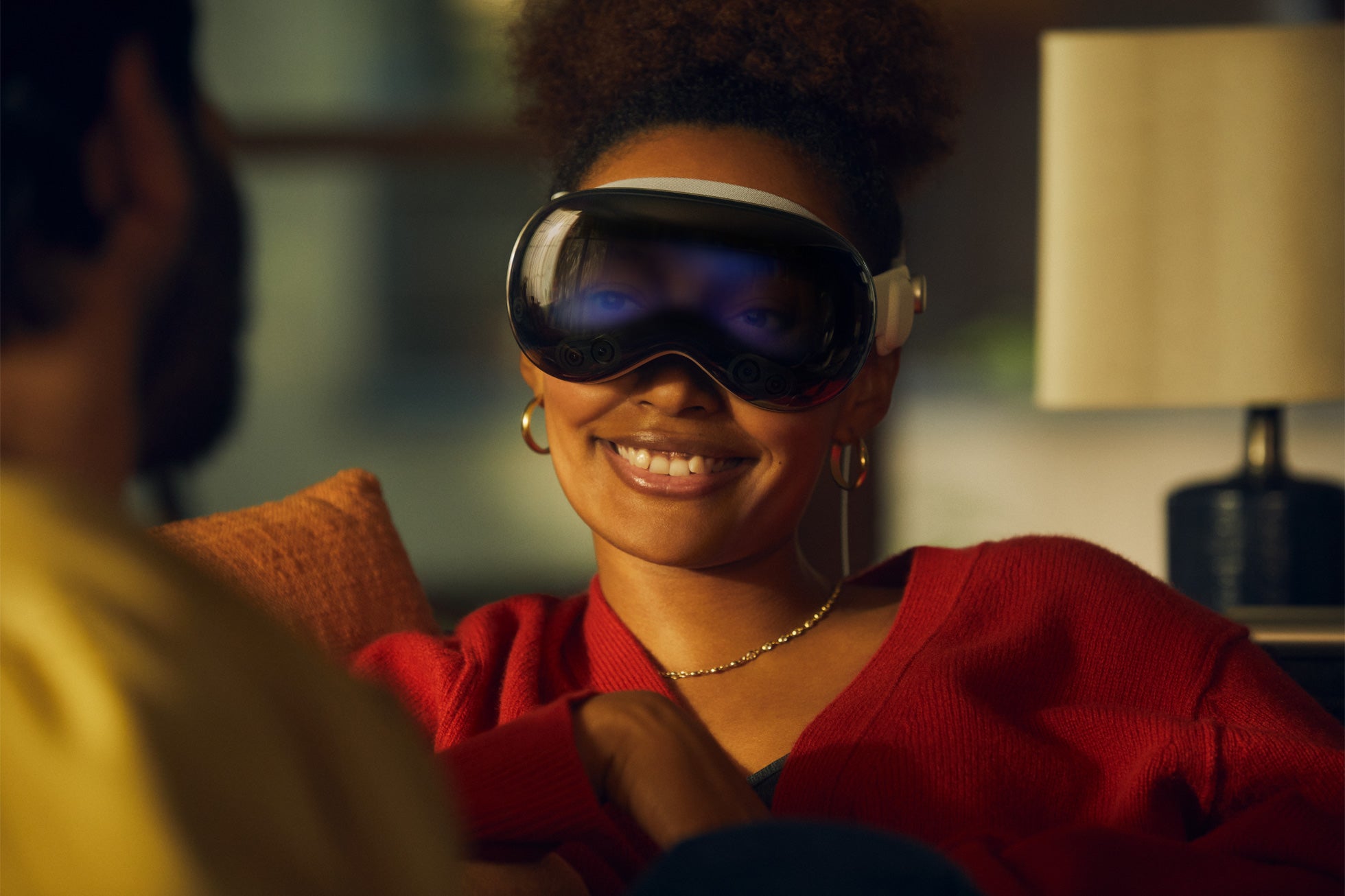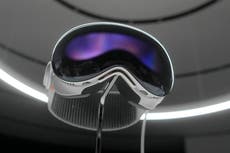Apple Vision Pro release date: Augmented reality headset arrives in February, Tim Cook announces
Much remains mysterious about $3,500 AR and VR headset

Apple’s Vision Pro headset will arrive next month, Tim Cook has announced.
The augmented and virtual reality technology was unveiled during an Apple keynote over summer. But it only said then that it would be available “early” next year.
Now Mr Cook said that the headset will be released on 2 February, with pre-orders opening on 19 January. “The era of spatial computing has arrived!” the Apple chief executive said in a tweet announcing the release.
But it will only arrive in the US initially. Apple is yet to announce any kind of release schedule across the rest of the world.
Apple said that the headset will be available through its own stores as well as its website. Multiple rumours had suggested that it will only be sold through Apple’s retail stores.
That might partly have been a consequence of the complicated system of prescription lenses and “light seals” that need to be personalised for each person. Those lenses will cost $99 or $149, Apple said.
Reports have indicated that the headset could be severely limited at launch. Supply limitations mean that Apple might only be able to sell a million units of the Vision Pro in its first year, rumours have suggested.
The Vision Pro “starts at” $3,499, the company said when it was released, and it confirmed that will come with 256GB of storage. Apple is yet to give full information on what the lowest price means – whether there will be extra payments for further extra battery and storage, for instance.
The Vision Pro will come with a “Solo Knit Band and Dual Loop Band”, Apple said, to allow users to see which fits them best. The box will also come with “a Light Seal, two Light Seal Cushions, an Apple Vision Pro Cover for the front of the device, Polishing Cloth, Battery, USB-C Charge Cable, and USB-C Power Adapter”, it said.
The announcement gave little new information in terms of specifications or new features for the headset. It pointed to the same details – its M2 chip alongside a specially made R1 processor, and 23 million pixels in its two displays – that it gave when it first revealed the headset.
Apple said there will be “more than one million” apps available at launch, because of compatibility with iOS and iPadOS that allows apps from those platforms to be used within augmented reality. It did not say how many apps it expected to be available specifically for the Vision Pro, but it has been holding events in the run-up to the launch in an attempt to encourage developers to make apps for the headset.
Apple has touted the new headset as the beginning of a new paradigm in computing that it calls “spatial computing”. That connects virtual objects with real space, allowing users to place screens around their environment, for instance.
“The era of spatial computing has arrived,” Mr Cook said in a statement. “Apple Vision Pro is the most advanced consumer electronics device ever created. Its revolutionary and magical user interface will redefine how we connect, create, and explore.”
Eventually, the company is expected to try and slim down the technology in the headset into a cheaper and lighter version, and Apple’s use of the word “Pro” in its name suggests that it is planning a more affordable version. But it made no mention of any other augmented reality technology in its announcement.
Apple might also eventually hope to shrink down the technology into traditional glasses, so that users can overlay maps directions onto real streets, for instance. But that is thought to be many years away, given the complexities of creating displays and processors that can function in such a small device.
Join our commenting forum
Join thought-provoking conversations, follow other Independent readers and see their replies
Comments

Bookmark popover
Removed from bookmarks